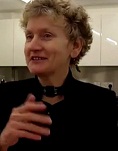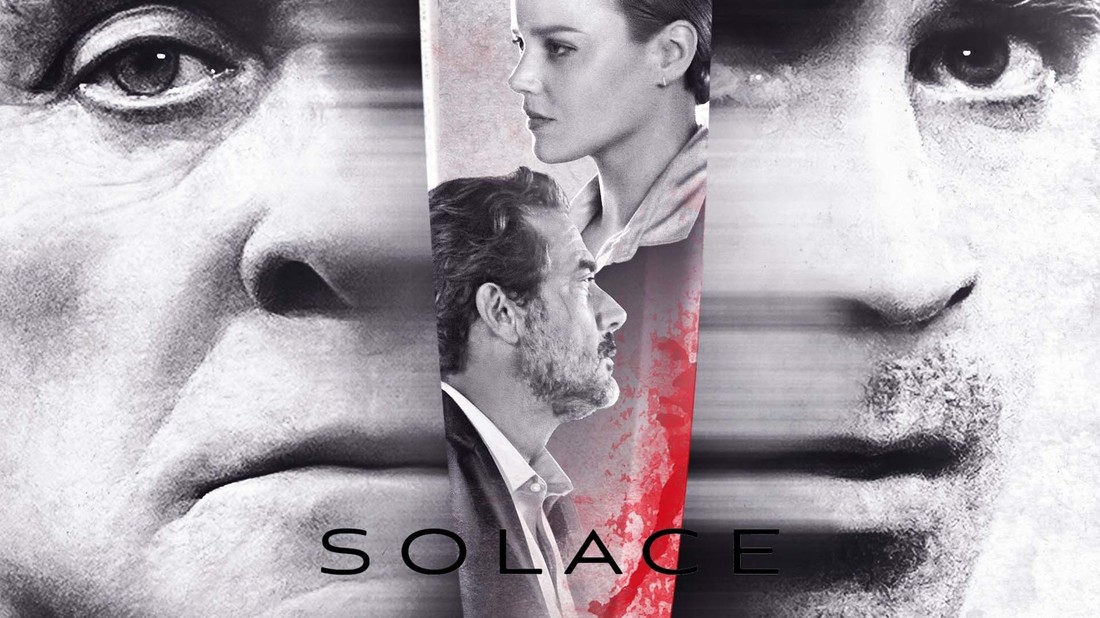 A poster for Solace. Notice it depicts 4 characters. The marketers didn't know which to pick. I'd say this is because the script itself is unfocused.
A poster for Solace. Notice it depicts 4 characters. The marketers didn't know which to pick. I'd say this is because the script itself is unfocused. Here's how...
There are three sorts of adventure film that routinely include weak women characters. These characters are there because they are thought of as being merely ‘love interest’ (romantic or paternal) for a male protagonist.
The standard screenwriting model of 'one protagonist on a chronological journey' is a great model, but it isn't the only one (I deal with more than 20 different models in my work). Its big problem is that if wrongly used its protagonist-centered approach can create tunnel vision. It can make you as writer feel that a good story means everything you write has to be about servicing the protagonist. This is what's behind the idea of love interest, which translates into an entire character being included merely to show the emotions of another character. BTW, I really wish we could ban terms like 'love interest'. They really are recipes for two-dimensional characters.
You need to reject four assumptions
You can make these 'love interest' women characters richer and more complex and increase the suspense and richness of the film quite easily, but you’ll need to reject four standard assumptions about protagonists These assumptions are that:
- The most interesting character is automatically the protagonist
- Protagonists must be proactive and cannot be reactive
- There is only ever one protagonist
- The same person stays protagonist for the whole story
Heresy? Crazy? Stay with me. These answers work.
Remedy 1 Use a Mentor Antagonist
This remedy involves you rejecting two assumptions. The first assumption you need to reject is that the protagonist is automatically the most interesting character. The second assumption is that the protagonist must always be proactive, not passive or led by another.
The Mentor Antagonist is a character type I’ve identified. Oddly, I seem to be the only person who's picked, it, despite its many appearances, so don't be surprised if you don't come across it elsewhere. It’s not to be confused with Christopher Vogler’s Mentor figure.
Mentor antagonists don’t appear in all stories, only in stories that have a very specific content: stories about a normal person being caused problems and/or being intrigued by an enigmatic stranger. Examples are Rain Man, Foxcatcher, The Elephant Man, King Kong, Collateral, Silence of the Lambs, Jean de Florette and many more.
Mentor antagonists are strange, unpredictable outsiders, sometimes sinister, sometimes benign, who take a less interesting but normal person on some quest or adventure, sometimes physical, sometimes emotional, sometimes both. In benign versions like Rain Man, the mentor antagonist teaches this normal person some wisdom about life, often a wisdom born of pain and the adventure or quest is one of the spirit. In sinister versions like Fox Catcher, the mentor antagonist is dangerous, often murderous, and the normal person has to escape.
We’d all agree that the most interesting character in all of these films is the enigmatic outsider character. But in all of them, the enigmatic character is NOT the protagonist. They are an antagonist and the normal character is the protagonist, even though this normal character is less interesting and is reactive. Now, this is not theoretical. It's good strong writing technique. It's about how you, as writer, keep your story interesting. The enigmatic outsider must be seen from the outside so that they remain mysterious, unpredictable and terrifying.
If you make them the protagonist we see their motives. They lose their mystery. They become normal. And because your story already calls for a normal person to deal with a strange one, you end up with two normal people, one a little strange but understandably so. Result: boring.
How to improve the boring woman character
In films where the woman is the boring ‘love interest’ and the man is a boring nice guy protagonist (as in Passengers, Wedlock and Solace) you can improve the script instantly and massively by making the boring woman the protagonist and turning the man into an enigmatic (and in darker films), sinister mentor antagonist.
You swivel the film so that everything is seen from the woman’s point of view. It’s her story. She is locked into a situation with a man who is at best strange and enigmatic, and, in the darker films, actively dangerous (think Silence of the Lambs). In the darker versions, you have instant suspense and tension in addition to the existing external threat. In the benign versions you’ve made the enigmatic outsider more poignant, more complex.
In both cases you’ve not only created a much better female character, you’ve created a much more interesting male character. Win-win.
Note that FoxCatcher has two protagonists, the two brothers both faced with the dangerous Mentor Antagonist, Du Pont.
If we rewrote Solace (which has three normal partners) we could make the strange psychic (played by Anthony Hopkins), an enigmatic mentor antagonist with two protagonists disagreeing about him. We could make the current anodyne female FBI agent our interesting protagonist number one, in conflict with the present anodyne male FBI agent - changed in our new version into interesting protagonist number two. They could be at odds about the psychic’s motives and behavior. Perhaps one could feel that rather than rather than helping find the serial killer, the psychic might indeed be the serial killer.
One final practical thing about mentor antagonist stories. You will often think of the enigmatic outsider character first – because they are so interesting. Don't fall into the trap of automatically making them the protagonist. To make your story powerful you might need to turn your interesting characters into a mentor antagonist and invent a new and less interesting normal person to be the protagonist - so that that your enigmatic outsider is seen only from the outside and stays mysterious and unpredictable. Remember, the most interesting character is not necessarily the protagonist. Good stories are about suspense and interpersonal conflict. Be guided by your content.
By the way, a perceptive YouTube video has actually picked out that Passengers would have been much more suspenseful had it been created as the woman’s story. I completely agree. I’ve given a detailed breakdown of how the film Wedlock could have been fixed in an identical way in my books Screenwriting Updated and The 21st Century Screenplay)
You can check out the YouTube video I mean here
Remedy 2 Make sure the female buddy in your buddy movie is interesting and involved in a conflict with the male buddy.
To do this, you need to reject the idea that you must have only one protagonist and that a protagonist can never change into an antagonist.
Buddy movies are films in which two friends, or two people who end up friends, are involved in an adventure. In films like Lethal Weapon, which involves two male police officers, and Thelma and Louise, which is about two women, there is one normal partner and one wild card. In these, both partners are protagonists in the adventure plotline (what I call 'the action line').
They are both different versions of the same protagonist in the action line, each fighting the joint enemy but in their different ways. However, in their personal interaction (what I'd call 'the relationship line' and what is often called 'the subplot') one character stays the normal person (that is, the protagonist) and the other is an unpredictable wild card (antagonist) causing the sensible one trouble. Hence, the same character can be a protagonist in one plotline and an antagonist in another. This way you avoid having Tweedledum and Tweedledee.
Unfortunately, when this story has a woman as one of the two friends when the other friend is a male, the woman is often boring, with little to do except be rescued or decorative. She becomes the 'love interest' - either the man’s romantic partner or a daughter figure. The answer here is to set up a normal-person-plus-wild-card situation, where the woman is either the protagonist in both plotlines (action line AND relationship line), or the woman is a protagonist in the adventure, but a wild card unpredictable antagonist in the relationship line.
Here are some examples.
- Romancing the Stone In the action line, both characters are protagonists, or rather, different versions of the same protagonist. Both fight the common enemy (in their separate ways). However, in the relationship line the woman is the normal partner and the man is the wild card antagonist. Hence they both fight the enemy in the action line, but in the relationship line we're in the shoes of the woman, who stays protagonist while the man becomes an unpredictable wild card, seen from the outside.
- The African Queen In the action line, both characters are protagonists, or rather, different versions of the same protagonist. Both fight the common enemy (in their separate ways). However, in the relationship line the man is the normal partner and the woman is the wild card antagonist. Hence they both fight the enemy in the action line, but in the relationship line we're in the shoes of the man, who stays the 'normal' protagonist while the woman becomes an unpredictable wild card, seen from the outside.
Notice that the woman can be either the normal one or the wild card, but making her one of these will instantly make her more interesting, and having an antagonist-protagonist relationship will improve the whole film. Notice that here, as in the mentor antagonist model, the change creates conflict in the inter-personal relationships. It provides unpredictability and suspense. (BTW, those of you who've read my books will know my view that you can write multiple protagonist films more easily if you approach all of the members of the group as different versions of the same protagonist. In my view, successful Buddy Movies are just one sort of multiple protagonist structure)
Remedy 3 Double Journeys Form – make sure you have two heroes on two separate journeys
Here, you need to reject the assumption that there is only ever one protagonist.
Double journey films are films in which there are two characters travelling together or apart or in parallel. They are films in which the story demands that we follow two characters in their lives together and in their lives apart. They are not like buddy movies because the partners in buddy movies either stay physically together for the whole film or are only briefly apart. Double journey films include films as different as Finding Nemo, Brokeback Mountain, The Queen and Lives of Others.
These films have three main plotlines.
- Each partner has a story when they’re apart.
- They have one story that they share.
- They have one when they are together.
In the one they share we will usually see one character in more depth than we see the other.
The two will be different versions of the same protagonist, often two opposing views of a social role or two opposing social roles or taboo.
When a woman is involved as one of the partners, the 'love interest' problem can creep in. A clear example is Cold Mountain, in which Nicole Kidman, as the faithful lover waiting for her man, has no plot and is given nothing to do. In Cold Mountain, all poor old Nicole is given to do is wait, presumably because the male partner is being thought of as the sole protagonist, the hero on his journey home - so it probably didn't occur to the film's creators to give the woman anything to do until the man came back into her life. She was there solely to be wait and to be inspirational to her man.
You could instantly energize and enrich the story and the issues it raises around war by making the woman the man's mirror opposite. In this model, as the man goes into moral decline ( into what he says in the film is a damaged version of himself) the woman moves from passivity into a more proactive version of herself. She does something, perhaps actively assists escaping slaves. This way, she would travel a journey too.
Notice that a 'mirror image' story like this not only creates a much better woman character, but also, enriches the male partner because of the contrast between the two journeys. BTW, Double Journeys movies, like Buddy Movies, are in my view, as you might have realized, another instance of multiple protagonists. However, Double Journeys differ from Buddy Movies because, as well as two versions of the same protagonist, in some films you have mirror images or opposites of the same protagonist.
The moral of the story
So there you are. Three ways to turn boring female characters into interesting ones. And notice, it’s all about changing your attitude to the conventional views about protagonists. Rejecting the assumptions I've mentioned increases suspense and mystery and can actually rescue a struggling film and turn it into something very powerful.
Forget the idea that narrative is always the same. It isn’t. The one hero model is a fine model, I love it, particularly Vogler's model, it's brilliant. But it's not the only model. As I say, in my work I isolate over 20 different types of structure that don’t fit that model. I repeat, that model is, as I say, great. It's just not appropriate to certain stories, which actually often use multiple plotlines, nonlinear as well as chronological, as well as using the protagonist differently. To assume the one hero model is the the only one immediately blinds you to solutions.
Be guided by your story content. Different story types demand different structures and many of them involve more than one protagonist and characters who don't obey the rules that govern the one hero model.
For an overview by me of the different sorts of parallel narrative - ensemble, flashback, fractured, nonlinear etc here's a YouTube video
Hope that was useful.
www.lindaaronson.com
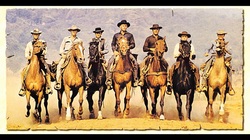
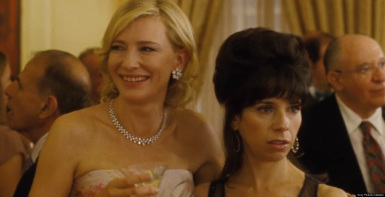

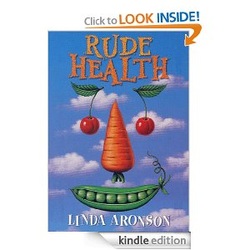
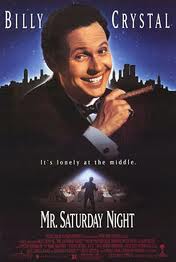

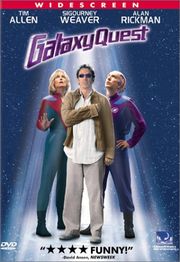
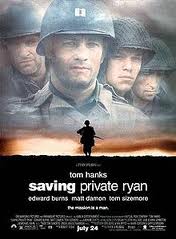
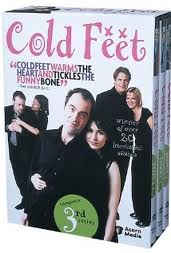
 RSS Feed
RSS Feed

